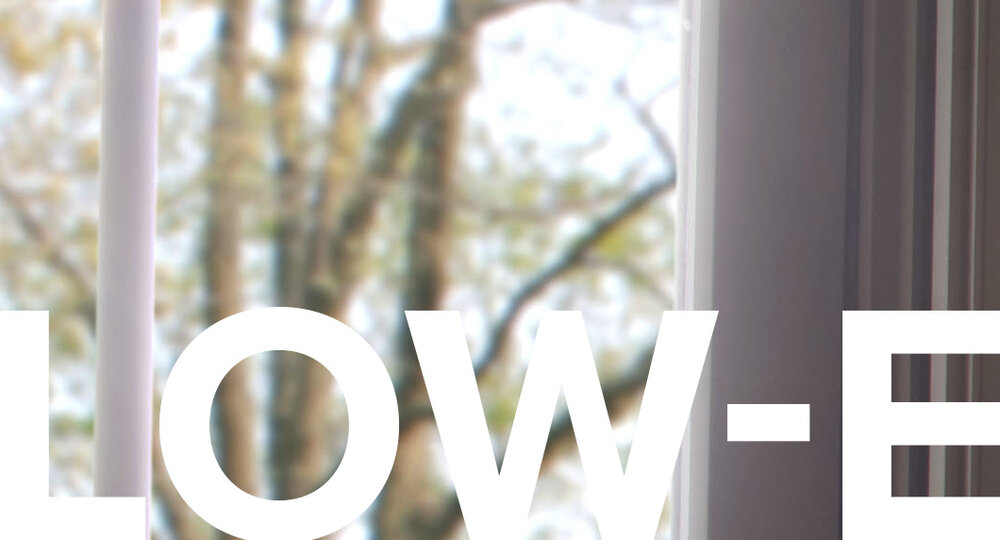
On the surface, it doesn’t seem as though something as simple as windows would not have much to do with innovation and technology. However, some exciting new advances have been made in glass. One of the most exciting of these is low emissivity or “Low-E” glass. This highly energy efficient glass is used in many windows today and offers many important benefits.
Low-E glass is made by applying a very thin layer of heat-repelling silver nitrate material onto the surface of glass. The materials are either applied over hardened glass or are baked onto the glass. In windows, Low-E glass is often sandwiched with non-treated clear glass. For even greater energy efficiency, window makers will sometimes use triple glazing which involves three layers of glass of which one or two can be made of Low-E glass.
The Benefits of Low-E Glass Technology
To understand why Low-E glass is important, it’s crucial to understand how traditional glass can affect home temperatures and comfort levels. While glass keeps out cold and heat, it also allows some of the sun’s heat and rays to get through. On a hot day, windows are a key cause of heat gain, meaning that they let in the sun’s energy and warm up the house even more. On a cold day, hot air can escape through windows which can make it harder for homeowners to control utility costs. In addition, ultraviolet rays can still get in causing sun damage.
It becomes even more of a problem if people want larger windows to let in more light. The larger the window surface, the greater the potential for heat gain and other problems. Low-E glass can help by keeping some of the sun’s rays and energy out. Low-E glass windows let homeowners enjoy plenty of natural light in their homes without having to worry about the effects of the sun on their heating or electric bills.
Low-E glass has many benefits when compared with traditional glass used in windows:
- Low-E glass helps reduce heat gain which is caused by the sun streaming in windows on a hot day
- Low-E glass helps to keep warm air in on cold days
- Low-E glass is less subject to condensation
- Low-E glass windows help reduce the transmission of Ultraviolet rays protecting furniture and other possessions in the home
- Windows made with the technology can help homeowners save on energy bills
Which Type Is Right for You?
Manufacturers have been able to create different types of Low-E glass coatings — passive and solar control — to help customers get the exact fit they need. Passive coatings are baked onto the glass and are designed to permit some of the short-wave infrared energy from the sun to get through. This makes these coatings a good choice for cold climates since glass made with this technology allows some heat to get inside and stay inside the home. Solar control coatings, as their name implies, let in less infrared energy and less ultraviolet rays making them ideal for warm climates.
Another thing you will want to consider when choosing windows is the U-value. This rating reflects how much radiant energy can penetrate the glass. A traditional, (not Low-E) window may have a U-value of 0.8, for example, while some Low-E glass has a U-value of 0.3. If you need more efficient windows, look for E-glass with a lower U-value.
Do you need extra protection against the cold? Look for Low-E glass windows that have two layers with argon gas between them. This offers extra insulation and protection against cold. Argon gas makes it harder for the heat to escape from inside the house through the window on a cold day.
If you live in a hot climate on the other hand, you may want to look for Low-E glass with a low Solar Heat Gain Coefficient. This will mean that the window transits less solar heat keeping warmth out of your home.
Do you think Low-E windows would be right for you? If you are interested in exploring all of your energy-efficient options, contact us at Eden Windows & Doors to find out more about windows and to get a quote.
